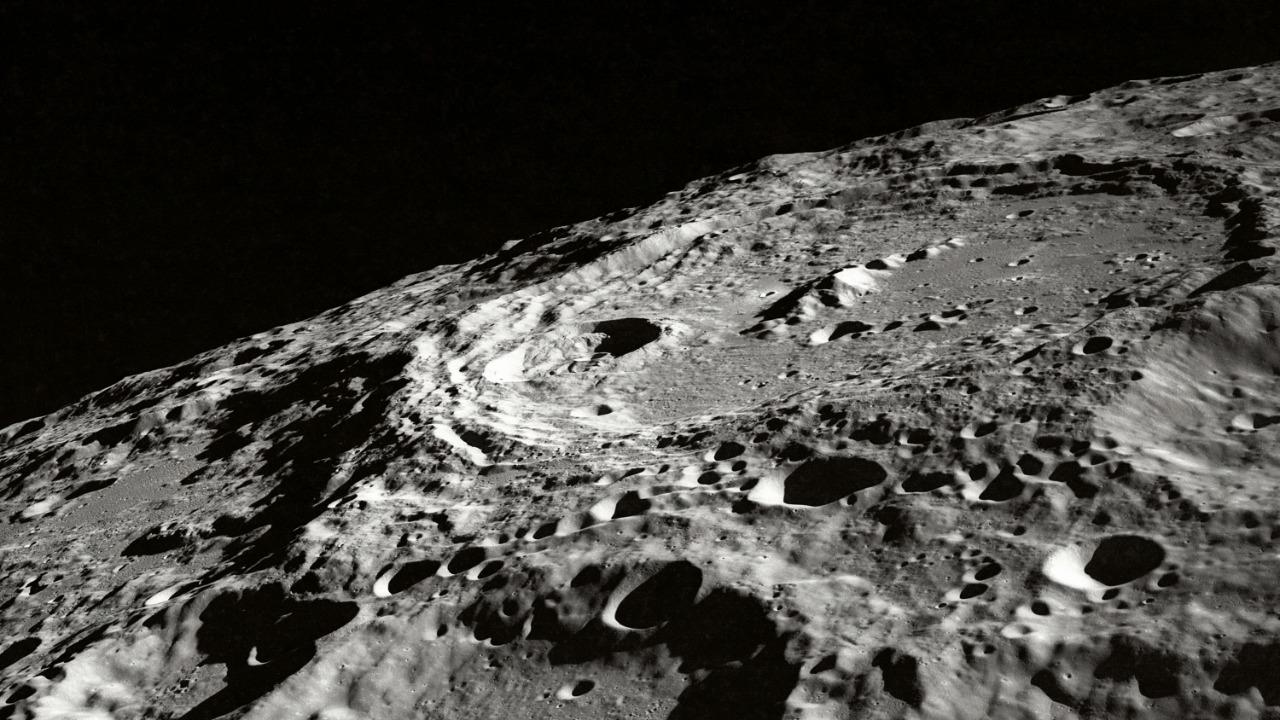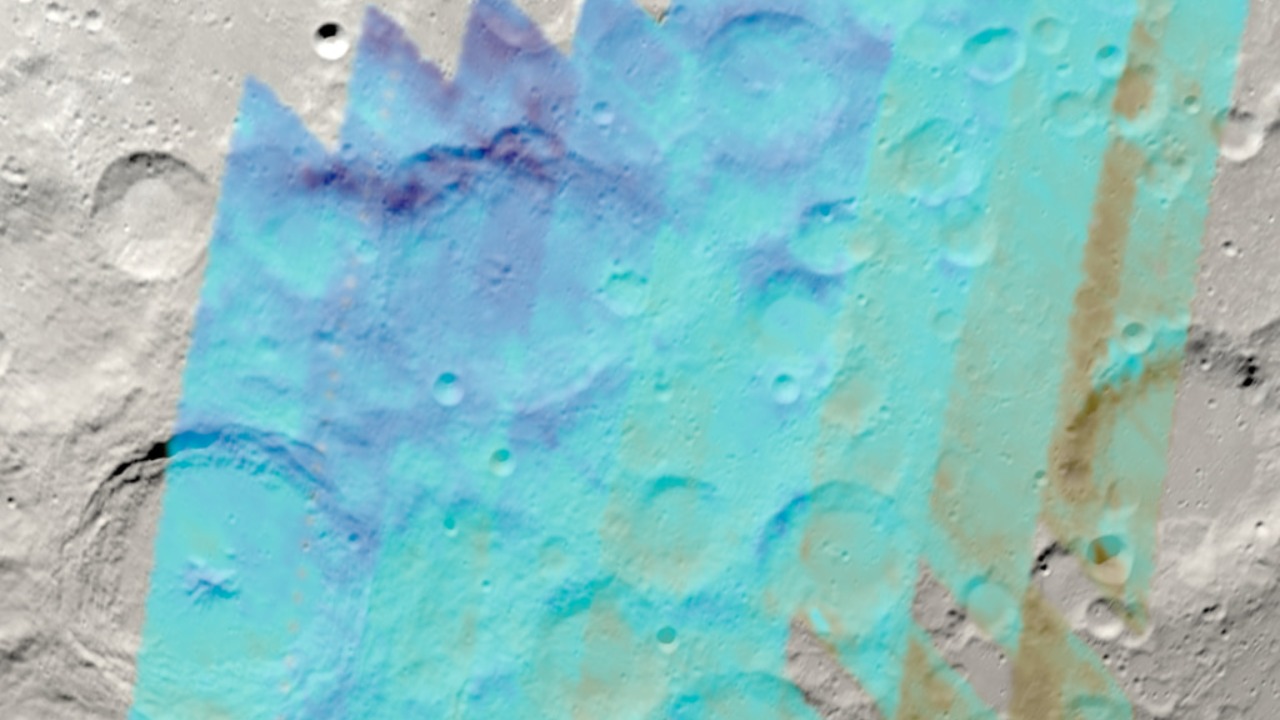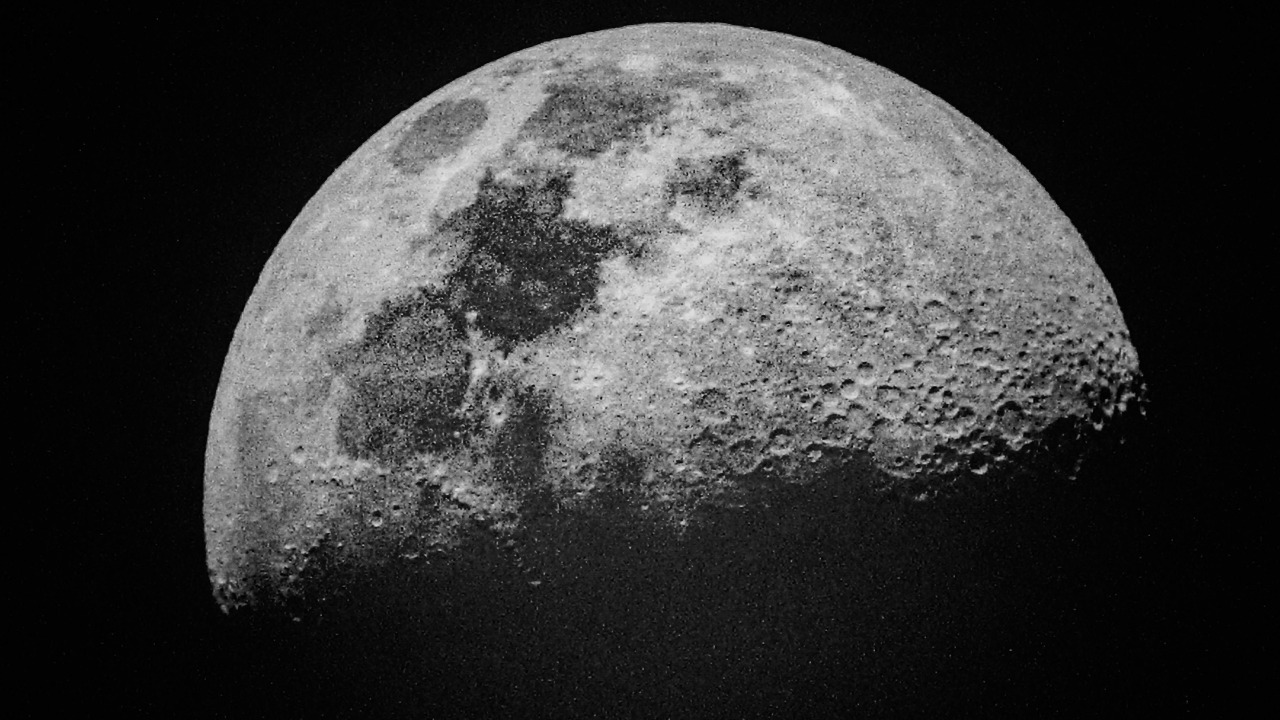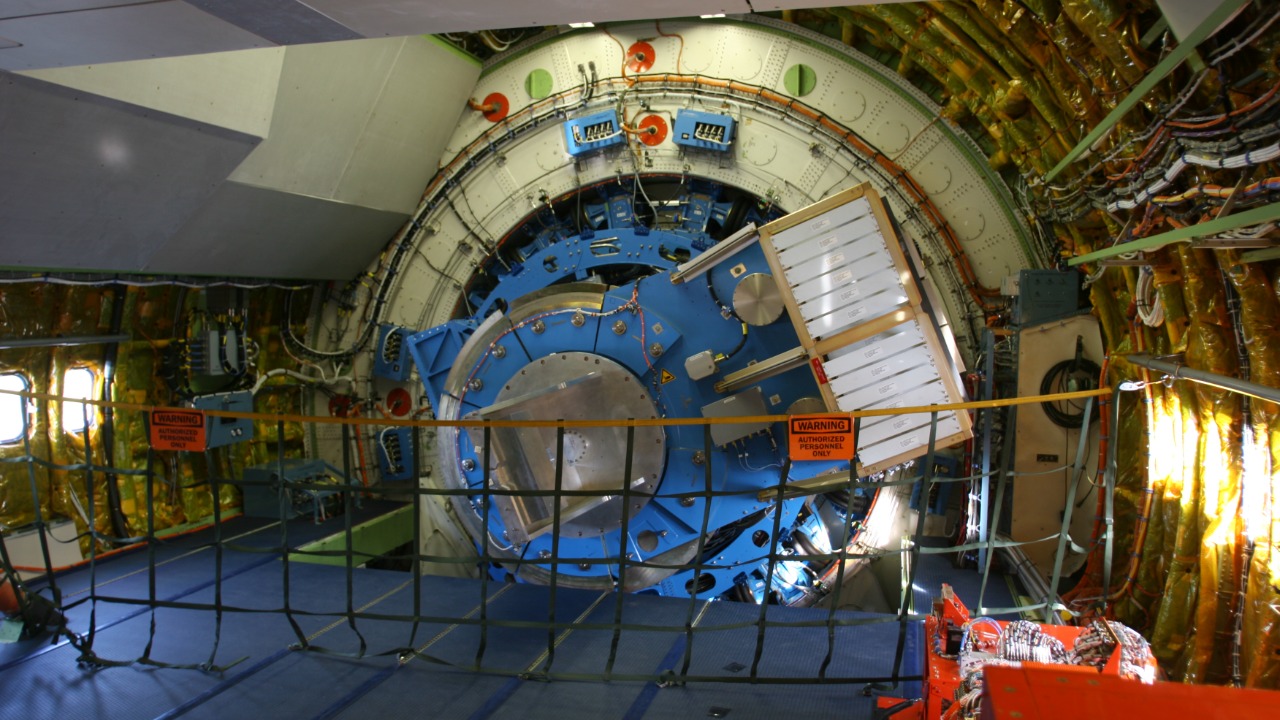
Recent discoveries by NASA’s Stratospheric Observatory for Infrared Astronomy (SOFIA) have confirmed the presence of water molecules on the sunlit surface of the Moon. This groundbreaking finding has significant implications for our understanding of lunar geology and the future of space exploration.
The Discovery Process

NASA’s Stratospheric Observatory for Infrared Astronomy, commonly known as SOFIA, has played a pivotal role in the recent confirmation of water molecules on the Moon. Operating at altitudes where it can avoid the Earth’s atmospheric interference, SOFIA is equipped with a powerful infrared telescope that allows it to identify the unique spectral signature of water. This capability sets SOFIA apart from previous lunar missions, which were limited in their ability to detect water, especially on the sunlit portions of the Moon. By providing a more comprehensive understanding of the water distribution, SOFIA’s findings mark a significant advancement in lunar science.
The methodology employed by SOFIA involved analyzing the Moon’s surface using infrared spectroscopy. This technique is adept at detecting the specific wavelengths of light absorbed by water molecules. However, the process was fraught with challenges. The thin atmosphere of the Moon, coupled with its reflective surface, made it difficult to distinguish water molecules from hydroxyl ions, which have a similar spectral signature. Despite these hurdles, SOFIA’s sophisticated instruments were able to make a clear distinction, uncovering the presence of water in concentrations of 100 to 412 parts per million in the lunar soil.
Significance of Water on the Moon

The confirmation of water on the Moon has profound implications for lunar science. Understanding the distribution and concentration of water can offer insights into the Moon’s geological history, including its volcanic activity and the impact of meteoroids. Additionally, the presence of water challenges existing theories about the Moon’s formation, prompting scientists to reevaluate models that describe its early development. This discovery opens new avenues for research, potentially revealing more about the processes that shaped not only the Moon but also other celestial bodies in our solar system.
From the perspective of future human exploration, the availability of water on the Moon could be transformative. Water is a critical resource, and its presence could significantly reduce the cost and complexity of sustaining human missions. Astronauts could potentially harvest lunar water for drinking, convert it into oxygen for breathing, and even use it to produce hydrogen fuel for rockets. This would enable longer and more sustainable missions, paving the way for lunar bases that could serve as stepping stones for further exploration of the solar system.
Potential Sources of Lunar Water

Scientists have proposed several theories regarding the origin of lunar water. One hypothesis suggests that comets and asteroids could have delivered water to the Moon during impacts. These celestial bodies, rich in water ice, may have deposited their contents upon collision. Another theory posits that solar wind interactions could play a role. Protons from the solar wind could combine with oxygen in the lunar soil to form hydroxyl and water molecules. This process, although less direct, could contribute significantly to the Moon’s water inventory.
The distribution and retention of water on the Moon are influenced by several factors. Water is more likely to be found at the poles, where permanently shadowed craters provide a cold trap environment, preserving ice for extended periods. However, recent findings from SOFIA indicate that water is also present in sunlit areas, although in smaller quantities. The stability of this water is a subject of ongoing research, as scientists strive to understand the factors that affect its retention and volatility, such as temperature fluctuations and micrometeorite impacts.
Technological and Scientific Advancements

The detection of water on the Moon was made possible by remarkable advancements in technology. Instruments like infrared spectrometers have been crucial in identifying the spectral signatures of water. These technologies have evolved significantly, allowing scientists to make more accurate and detailed observations. SOFIA’s ability to operate at high altitudes, free from atmospheric distortion, exemplifies the kind of innovative thinking that drives scientific discovery.
Looking ahead, NASA and its international partners are planning future missions aimed at exploring and utilizing lunar water resources. The Artemis program, for instance, seeks to return humans to the Moon and establish a sustainable presence. These missions will focus on mapping water deposits, developing technologies for water extraction, and understanding the broader implications of lunar water for science and exploration. Collaborations with other space-faring nations could further enhance these efforts, fostering a new era of lunar exploration.
Challenges and Considerations

While the discovery of water on the Moon holds immense promise, it also presents several challenges. The extraction and utilization of lunar water will require specialized equipment and techniques. Mining water from the Moon’s surface is a complex task, necessitating technologies capable of operating in low-gravity and vacuum conditions. Additionally, the cost and logistics of transporting such equipment to the Moon must be considered, making the endeavor both technically and economically demanding.
Beyond the technical challenges, there are environmental and ethical considerations to take into account. The potential exploitation of lunar resources raises questions about the environmental impact on the Moon’s natural state. As humans endeavor to extract water and other resources, it is crucial to balance exploration with preservation. Ethical considerations must guide our actions to ensure that the Moon’s environment is respected and protected for future generations, allowing us to advance our scientific understanding while preserving the integrity of our closest celestial neighbor.